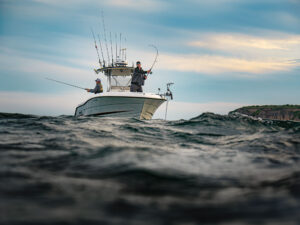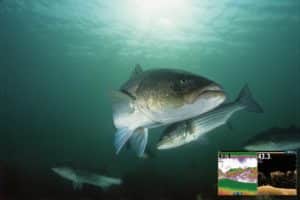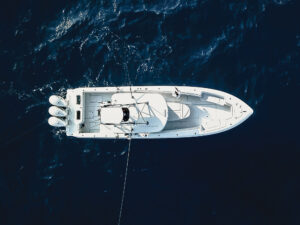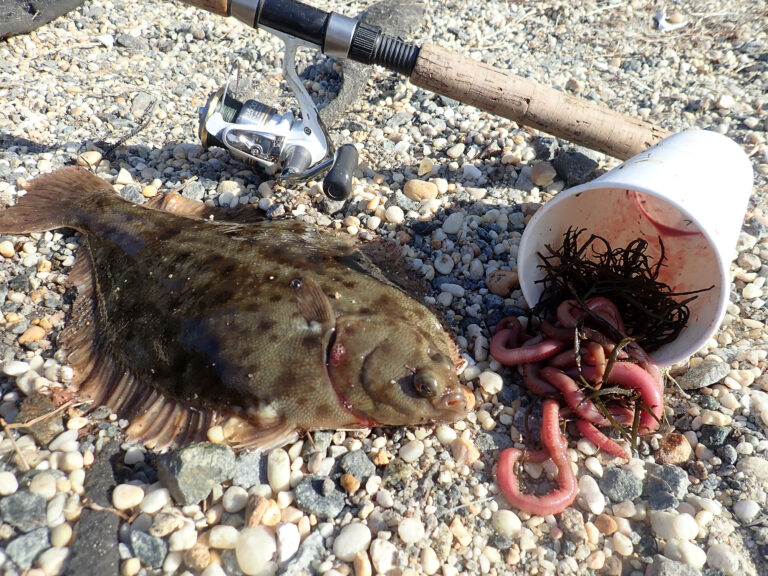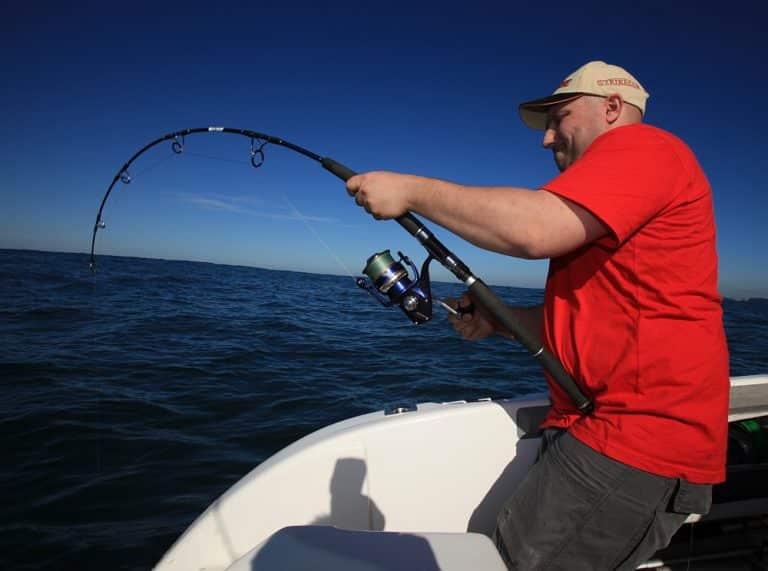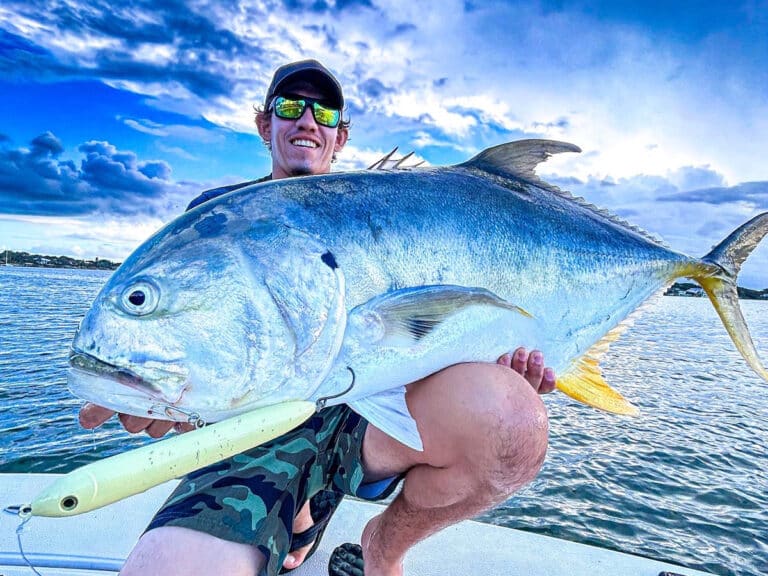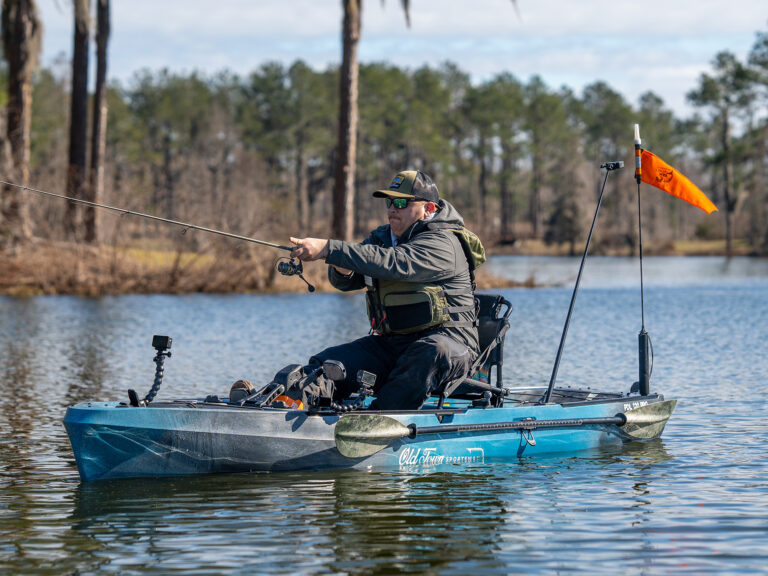
The concept is simple: locate objects underwater or in the dark by sending out a sound signal and listening for the echoed return. Bats, shrews and dolphins use it. Humans finally caught on about 100 years ago. From the first 2000-pound transducer to the latest forward-facing sonar, the evolution of the fish finder allows anglers a view of underwater fish and structure that would make a dolphin jealous.
45 Million Years Ago: Whales develop echolocation. By sending out clicks and receiving the echo through their jaw bone, animals can see in the dark, underwater and underground.
1490: Leonardo da Vinci invents active sonar by using a long underwater tube to listen for approaching ships.
1913: One month after the Titanic sinks, English meteorologist Lewis Fry Richardson, patents the first Sound Navigation and Ranging device.
1959: Lowrance introduces the FISH-LO-K-TOR portable sonar, also known as the “Little Green Box.” Over the next 25 years, the analogue flasher sells more than 1 million units.
1971: Tom Mann modifies a do-it-yourself electronics kit to reduce interference and creates the first Humminbird depth sounder.
1984: The first fish finder with an LCD screen and integrated microprocessor replaces paper graphs.
1985: Scientists use a Lowrance’s X-16 paper graph to search for the Loch Ness monster. Operation Deepscan failed to produce any evidence of the monster.
2003: Humminbird’s SmartCast wireless fish finder provides bank anglers with a remote fish finder. Tie the transducer to the fishing line, cast it out and use a smartphone app to watch a live view of the fish and structure.
2009: DownScan sonar transmits multiple sonar signals to create a life-like image of fish and structure. The technology leads to 360 and forward-facing sonar.
2011: CHIRP sonar transmits a range of frequencies in one pulse to increase the power of the transducer signal and improve image detail.
2018: Garmin’s Panoptix LiveScope provides live images of fish and structure in front of the boat. The technology wins Best of Show at ICAST.
2019: Humminbird Introduced MEGA 360 Imaging followed in 2021 with MEGA Live Imaging, providing a live view of fish and structure in every direction. The technology quickly spreads through the industry providing anglers the most powerful tool to find fish.


